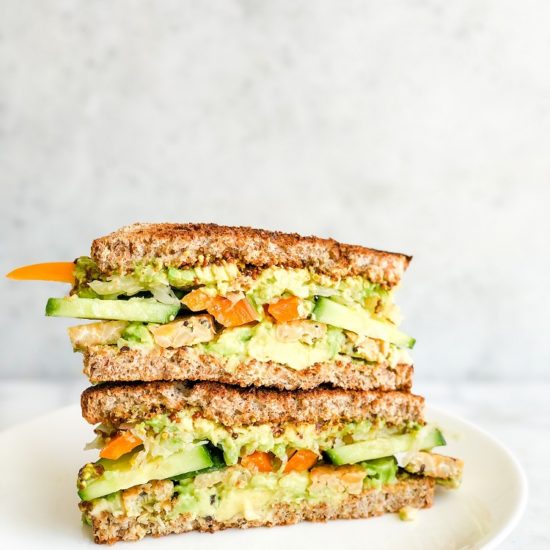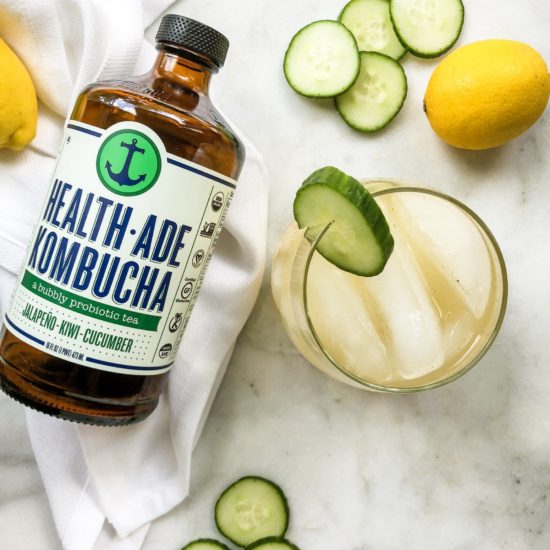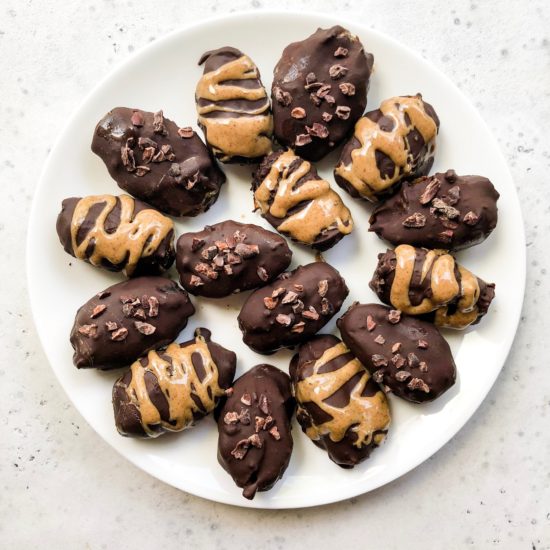There are a lot of reasons to consider adopting a plant-based diet.
First, there are the healthy lifestyle considerations, like wanting to feel cleaner and lighter by eating fresh, whole foods from the earth. Maybe you’re thinking of it as an experimental period to see if this style of eating feels better to your body. Whatever your reason is, transitioning to a plant-based diet doesn’t need to feel overwhelming or challenging.
Remember, this is not meant to be a rigid all or nothing process. Be kind to yourself! I have been eating a plant-based diet for over years now and I was on the complete opposite end of the spectrum prior to that. I was eating dairy and meat on a daily basis, so I completely understand what that feels like to change up your normal routine.
I’m here to assure that not only is there plenty of nourishing, delicious foods to eat but they can be prepared just like your favorite dishes, so you will never feel like you’re missing out on anything.

1. CONNECT WITH YOUR WHY
Really ask yourself why you want to try a plant-based diet. Everyone’s reason is different, but it’s important to feel intimately connected to that reason. This will help you truly commit to it, even when you feel discouraged. When I first transitioned to a plant-based diet, I actually went completely cold-turkey and started eating 100% vegan the very next day! Now, I don’t necessarily recommend that, unless you have the drive and determination to go all in. I told myself I would try eating vegan for three weeks and if I noticed a positive change in how I felt, I would stick with it. You can guess by now that’s exactly what happened 🙂
2. LEARN TO RE-CREATE YOUR FAVORITE DISHES
Start by making a list of your favorite recipes you currently make. Let’s use the example of tacos because who doesn’t love tacos, right? Break the recipe down and start thinking about how you can turn that into a plant-based meal. Taco shells are generally made from corn or wheat, so that’s plant-based. Or if this is a taco bowl, you probably use rice as the base – that’s vegan too! Next, you have your meat, generally ground turkey or chicken. A few great options are using tempeh (a fermented soybean product), adding cubed sweet potatoes or butternut squash, or trying jackfruit as this has a similar texture to pull-pork. Tacos wouldn’t be complete without bell peppers, onions, black beans, corn, tomatoes, and guacamole, right? Those are all plant-based! So, what about cheese or sour cream? They’ve come so far with vegan cheeses and actually make super delicious ones that would be great to sprinkle on top. As far as sour cream, try plain unsweetened coconut or almond milk yogurt. See how easy that was? Use that same thought process for all your favorite traditional recipes and find how easy it is to turn any meal plant-based.
3. SURROUND YOURSELF WITH PLENTY OF PLANT-BASED FOODS
The first thing that you need to do is take an inventory of the food you already have on hand. If it’s not serving you in a healthy way, donate it. Don’t hang on to it just because you’ve already bought it and think it would be wasteful to not use it. A food shelf will gladly accept it! Removing any sort of temptation will help you be more successful. Always have your fridge stocked with fresh fruits and vegetables and keep other items like rice, quinoa, beans, nuts, and seeds on hand. When you remove all the junk, your body will start to crave more plant-based foods naturally.
4. MAKE FOOD SWAPS
This might be the most valuable step in this process. Don’t think of this as you’re giving up certain foods. Instead, think of it as you’re finding other creative alternatives! For example, I used to LOVE greek yogurt. I loved making yogurt bowl with fresh fruit and granola as a breakfast or snack. There are so many yummy alternatives to dairy-yogurt, such as coconut, almond, and cashew. You would never be able to tell the difference! I still get to enjoy my yogurt bowls with berries and granola using dairy-free yogurt and don’t feel like I’m missing out on one of my favorite foods.

5. FIND RECIPE YOU LOVE
Once you find a handful of plant-based recipes that you love, get really comfortable making them, then start to experiment with different variations. No one wants to eat the sample three meals over and over again. Cooking should be fun and creative! Let’s use spaghetti for example. Did you know how many amazing vegan substitutes there are for traditional spaghetti/pasta? You can use spaghetti squash, lentil pasta, chickpea pasta, brown rice pasta, the list goes on! Then, think of all the different sauces and vegetables you can add to it to switch it up. Try marinara sauce and broccoli, Thai peanut sauce with peppers and carrots, pesto with mushrooms, so many options using the same pasta base.
6. GET CREATIVE WITH YOUR MEALS
Once you start experimenting, even more, step it up a notch and get even more creative! Pinterest is a great source for recipe inspiration. With the increasing amount of plant-based food bloggers out there, you won’t be short of tasty recipes. It’s amazing the different ingredients and spices that taste delicious together, but you may never have thought to pair them in the same dish. Try to be open-minded and let your taste buds be the final judge 🙂
I hope these tips are helpful if you are considering making the transition to a plant-based diet. Remember, you’re not alone! I’m here for you and want to see your success and reach your goals. If you would like to work with me privately, I encourage you to set up a free 15-minute consultation with me and we can chat through your personal goals.
I have also created a 14-Day Plant-Based Guide that is filled with simple, delicious plant-based recipes, tips for following a plant-based diet, and more!



